
about | articles | authors | contact | links
 about | articles | authors | contact | links |
![]() Home > Articles > Infrared Photography > Reflected infrared photography: Sources of infrared radiation
Home > Articles > Infrared Photography > Reflected infrared photography: Sources of infrared radiation
INFRARED PHOTOGRAPHYAuthors: Prof. Robin Williams and Gigi Williams Reflected infrared photography:
|
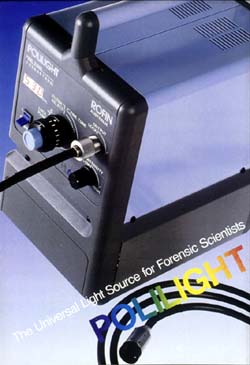 |
Figure 9. The Polilight has a series of stepped interference filters, which are then tunable by tilting their angle to the beam to give a continuously variable output from 300 to 1100nm. |
The xenon flash tube has a high output in the 800-900nm region of the spectrum (Figure 10), and has the usual advantages of electronic flash - short duration and illumination without heat. Since the problem with overcoating that we find in ultraviolet photography does not exist, nearly any electronic flash is suitable. Many electronic flashguns are particularly rich in infrared. Figure 11 shows, for example, the spectral output of the Mecablitz CT45 portable unit. Nikon used to supply a portable flash with an uncoated tube - the SB-140 (Figure 12). The Nikon unit came complete with filters for both infrared and ultraviolet work and had a useful exposure guide - in many respects the ideal source for invisible radiation patient photography, especially on location. The filters fit over the front of the flash (Figure 13); the spectral transmission curve for the IR transmitting filter is shown in Figure 14. This is especially useful for photography of nocturnal animals, etc but is not terribly useful for studio photography since one would need to work in a darkened room. It is preferable to use an infrared transmitting filter over the lens and work in normal room lighting with an unfiltered flash. Unfortunately Nikon have now withdrawn this unit from their product range - like so many products suited to specialised imaging from different manufacturers. The authors are fortunate enough to own two of these SB-140s and can vouch for their usefulness for invisible radiation photography; so don't hesitate to acquire one if you happen to come across one second hand or 'left over' in a camera store.
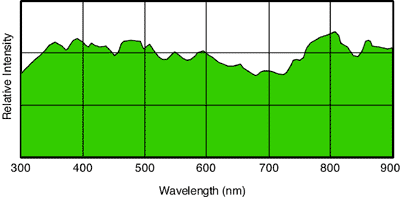
Figure 10. The spectral output of the 'raw' xenon flash tube is very rich in infrared.
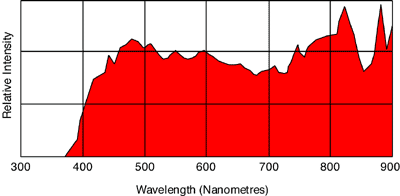
Figure 11. The spectral output of the Mecablitz CT 45 electronic flashgun has a typically useful peak of infrared emission at 750nm - 850nm.
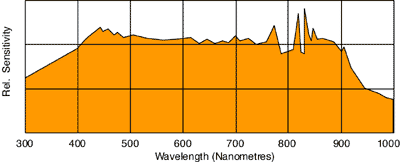
Figure 12. The spectral output of the Nikon SB140 flash tube shows a high actinic output continuously from 400 to 900nm.
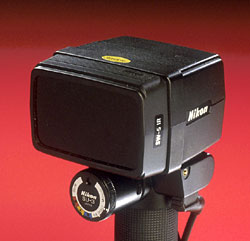 |
Figure 13. The Nikon SB-140 has a completely unfiltered tube with the facility to attach separate filters over the flash-head in light tight mounts: here we see it with the IR transmission filter in place. |
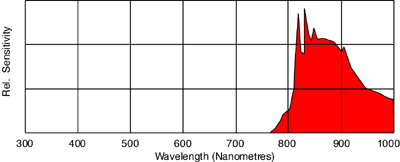
Figure 14. The spectral output of the SB-140 with IR filter fitted over the flashhead.
| © 2002 Prof. Robin Williams and Gigi Williams - Disclaimer URL: http://www.medicalphotography.com.au/Article_03/ Last modified: 3 May 2002 |